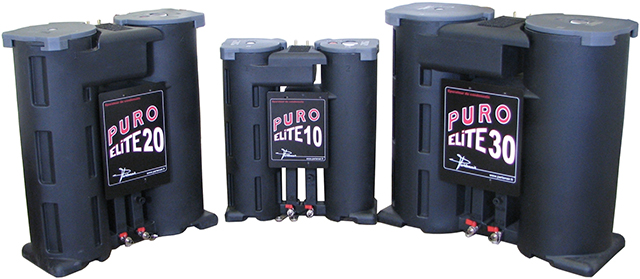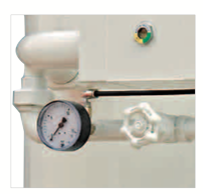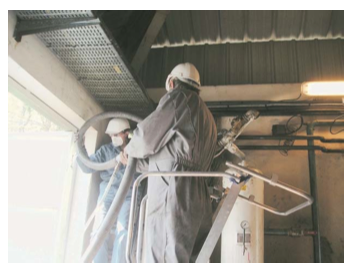A modern range adapted to current lubricants

Synthetic lubricants for compressors are gaining increasing popularity. Although generally more expensive than mineral lubricants, their advantages in terms of energy savings and maintenance cost far outweigh this initial financial handicap.
These synthetic lubricants offer better protection against usury and corrosion, reduce deposits and other residues, guarantee good lubrication at high temperature, and allow a lower residual oil content after separation.
In terms of energy savings, the stable viscosity of certain modern lubricants makes it possible to reduce the efforts required of the drive motor and thus gain up to 5% of the electric power consumed by the compressor.
The composition of these new lubricants obviously has nothing to do with "classic" mineral lubricants; It is also striking to note that most of the oil/water separators sold today were designed and put on the market 25 years ago when mineral lubricants were mainly used. These old generation separators are no longer a modern choice for processing current lubricants.
For the record, 25 years ago, 8-bit video game consoles appeared and PCs were equipped with processors clocked at 6 megahertz ...
Designed from the outset to treat the latest generation of lubricants, the PURO ELITE range represents the modern style and design of oil/water separators required today.
Our experience in the field has shown that certain synthetic lubricants produce emulsified condensates. Likewise, certain additives used in mineral oils, if they make it possible to space maintenance operations, can in turn cause an emulsion of condensates.

Specific adsorbent elements are available for all the models in the range in order to efficiently treat, according to the standards in force, all types of oily condensate generated by compressed air networks. (Decree of 1/3/1993, Standard ISO 14000, etc...)


